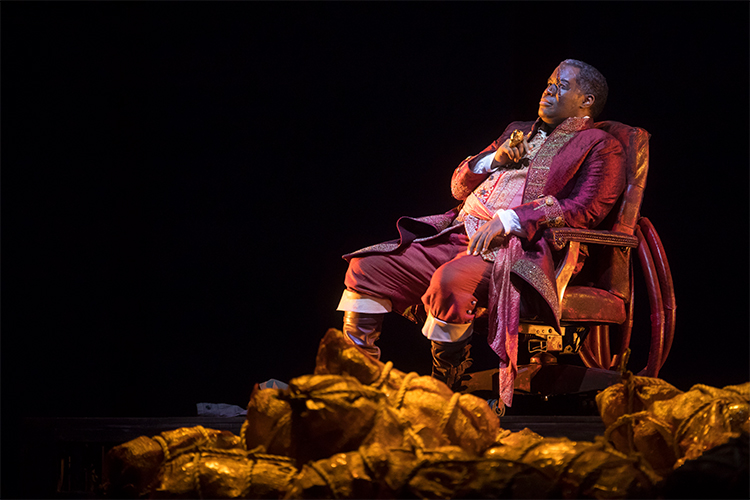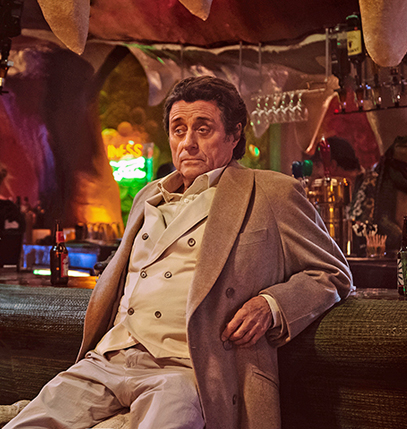April 17, 2019
Modern Match - Siegfried

Eric Owens as Wagner's Wotan

Ian McShane as novelist Neil Gaiman's character Mr. Wednesday

April 17, 2019

Eric Owens as Wagner's Wotan

Ian McShane as novelist Neil Gaiman's character Mr. Wednesday
An extraordinary story told over the journey of four operas. Together, they comprise Wagner's magnificent Ring cycle, one of the greatest musical achievements in Western culture and an immersive operatic adventure that every opera lover should experience.
Stefan Edlis and Gael Neeson
Harris Family Foundation
Helen and Sam Zell

Photo Credit for Owens: Todd Rosenberg